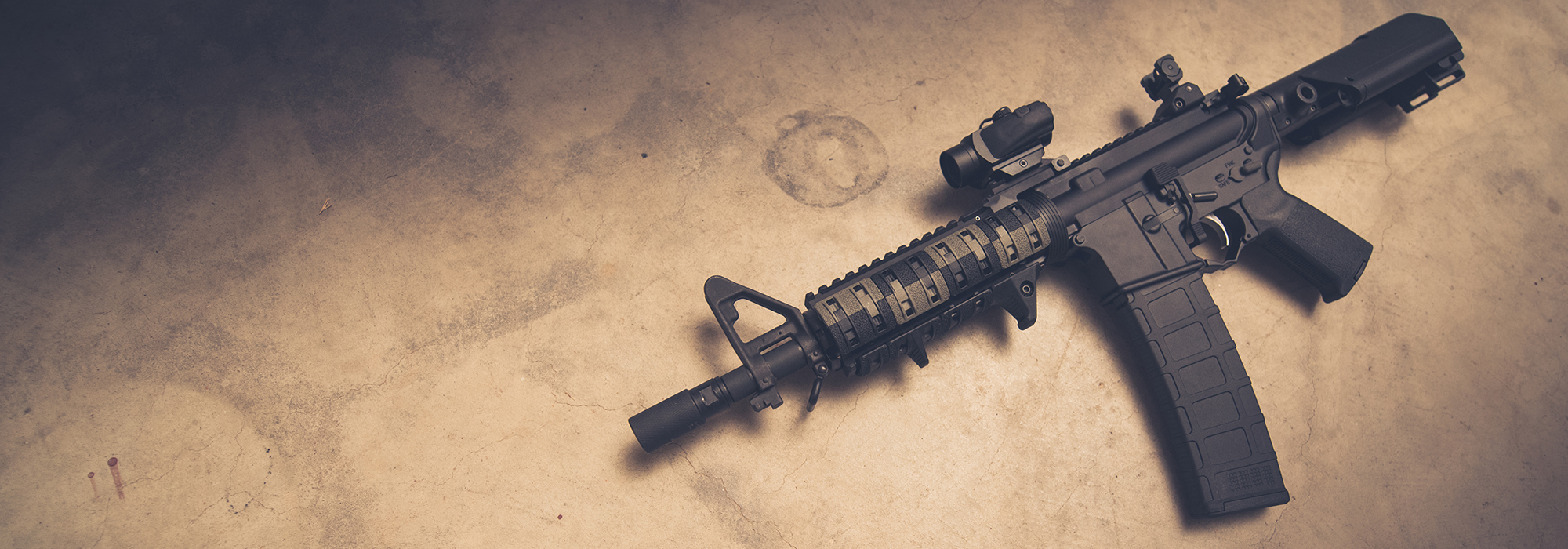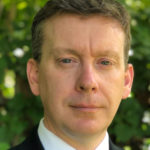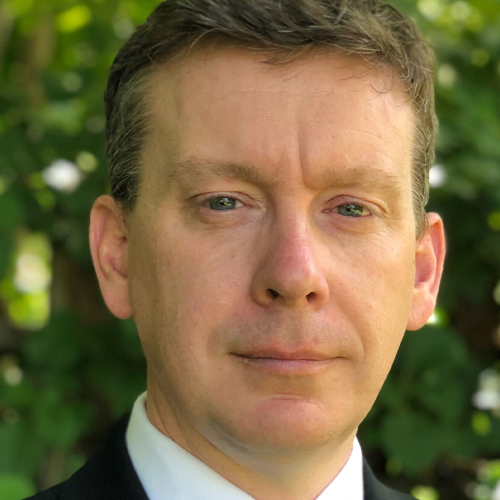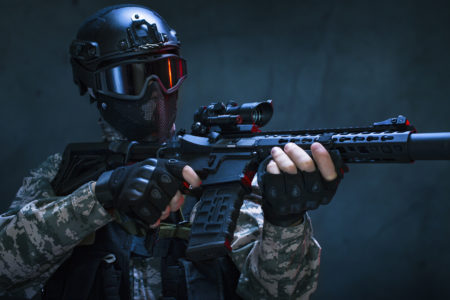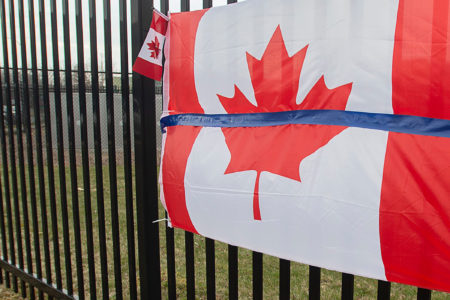
The Canadian Association of Chiefs of Police (CACP) appointed a task force in 2018, led by Regina Police Chief Evan Bray, to consider Canada’s gun laws. The task force has not issued a public report, although CACP president Adam Palmer recently told the Senate that the association has discussed “more restrictions on certain specialized military-style weapons.” Bill Blair, Minister of Border Security and Organized Crime Reduction and former chief of the Toronto Police Service, says he will decide whether to recommend that Canada introduce stricter regulations on handguns and “assault-style” rifles.
These officials are acutely aware that in recent decades mass murderers have used semi-automatic rifles in shootings in Canada and around the world, such as in the 1989 massacre at the École Polytechnique in Montreal, and in the murder of 50 people in Christchurch, New Zealand, in March this year.
Concern in Canada about the availability of semi-automatic firearms predates these infamous events, however. The CACP has been raising the alarm about the sale of semi-automatic “assault-style” weapons for more than 40 years. Yet, despite decades of appeals, the weapons are now more widely available than ever. It’s time that we look seriously at gun regulations in Canada.
In 1977, the CACP passed a resolution saying that “semi-automatic firearms are basically designed as an instrument of war” and have “no sporting use either in the cultural or recreational sense.” The association urged that all such guns be classified as restricted weapons.
In 1986, the organization passed another resolution, noting that there was a “worldwide surplus of automatic and semi-automatic weapons primarily designed for purposes of warfare.” The proliferation of such guns (and handguns) led the association to urge the federal government to “take the steps necessary to end this increase in available weapons.”
In 1988, just before the Montreal massacre, the CACP expressed concern over the “alarming rate with which military weapons are being imported into Canada,” especially automatic guns converted to semi-automatics. The police chiefs asked the federal minister of justice to ban the importation and possession of these weapons.
In response, the Progressive Conservatives contemplated legislation to address the proliferation of semi-automatic firearms that had been converted from automatic firearms. Then, the Montreal massacre occurred, and Brian Mulroney’s government responded by passing important gun-control legislation. This legislation, among other things, limited the size of magazines for rifles, created a mandatory waiting period for a firearm acquisition certificate, and required more detailed screening of applicants for these certificates. It also restricted or prohibited some military-style rifles.
The policies adopted by the Progressive Conservatives did not resolve the issue. In 1994, the CACP declared that “military assault rifles” were produced for the “sole purpose of killing people in large numbers,” and said the minister of justice should ban all military assault rifles except those used for law-enforcement and military purposes.
But the classification system for firearms has became irrational. Semi-automatic rifles, often based on military designs, can be classified as unrestricted, restricted or prohibited, even though many of them have very similar characteristics.
Concern over public safety has driven police interest in gun control, though the use of firearms in police murders also likely motivates police views. Between 1961 and 2009, 133 police officers were murdered in the line of duty. Of those murders, 92 percent were committed with a firearm.
Several recent episodes highlight the dangers semi-automatic rifles pose for the police. In 2005, in Mayerthorpe, Alberta, a shooter murdered four RCMP officers using a Heckler & Koch .308 semi-automatic rifle. In 2014, another shooter with a semi-automatic rifle killed three RCMP officers in Moncton. These and similar incidents highlight the fact that such semi-automatic firearms have far more firepower than the weapons carried by police officers on ordinary duty.
Many organizations representing gun owners have fiercely opposed efforts to limit access to these firearms. They reject the term “assault rifle” as vague, and complain that Ottawa has classified semi-automatic firearms on the basis of their appearance rather than their capability. They also note that semi-automatics based on military rifle designs, often marketed as “modern sporting rifles,” have become popular as hunting and target-shooting weapons. Any new regulations would thus interfere with the ownership or use of many people’s property. And, of course, they argue that governments should target criminals who illegally possess firearms, especially gang members, rather than licenced gun owners. This and other opposition was reflected in the federal government gun policy public consultation process, which found that participants were “strongly polarized on the issue of banning handguns and assault-style firearms.”
Similar arguments against regulation are made in other countries. Still, after the Christchurch massacre, Jacinda Ardern’s government passed legislation that prohibits many semi-automatic weapons. This has brought New Zealand’s law more in line with the gun control policies of Australia and the United Kingdom, both of which instituted strong restrictions on semiautomatic firearms after massacres.
In Canada, the federal government has been urged to limit access to many semi-automatic weapons. The Office of the Federal Ombudsman for Victims of Crime, a Globe and Mail editorial, and gun control organizations such as the Coalition for Gun Control, PolySeSouvient, and Doctors for Protection from Guns have made similar calls.
If federal politicians prove unwilling to legislate this ambitiously, another option is for Canada to move most unrestricted semi-automatic rifles to the list of restricted firearms. This would improve recordkeeping and police safety by requiring the registration of these guns. It would also discourage the purchase of such weapons, as there are limits on the use restricted firearms for hunting. And the tougher rules governing transportation and storage of restricted firearms might lessen the likelihood of these guns being stolen and used for criminal activity.
No single gun law can stop all mass shootings. For more than 40 years, the CACP has worried about the proliferation of powerful semi-automatic rifles. It is time we had a serious debate about regulating these guns, before there is another mass shooting.
Photo: Shutterstock: by Ambrosia Studios.
Do you have something to say about the article you just read? Be part of the Policy Options discussion, and send in your own submission. Here is a link on how to do it. | Souhaitez-vous réagir à cet article ? Joignez-vous aux débats d’Options politiques et soumettez-nous votre texte en suivant ces directives.



